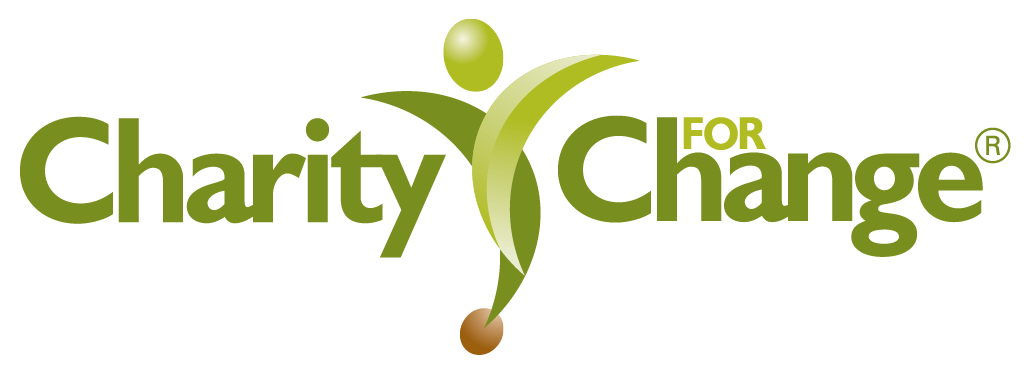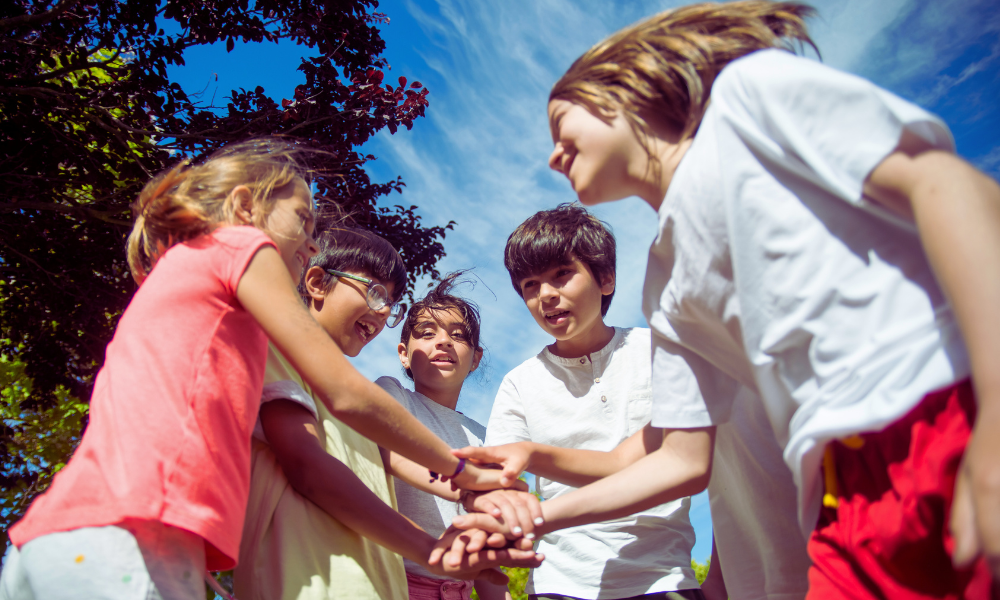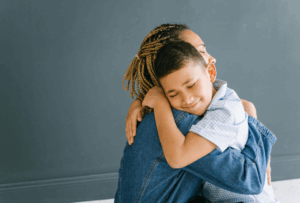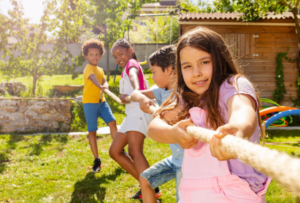Cooperation means “Working together to reach the same goal.” Imagine a group of children building a towering castle out of building blocks or a team of classmates collaborating on a colorful mural. These examples of cooperation involve sharing ideas, taking turns, and supporting each other to accomplish something everyone can be proud of. In simpler terms, cooperation is like a team sport where each player contributes their unique skills to win the game. By understanding and experiencing the importance of working together, kids develop the skill of cooperation, which is crucial for both academic and social success.
Providing opportunities for elementary-school-aged children to learn cooperation also makes their learning experience more enjoyable! This article offers practical tips and ideas for teachers and parents looking to nurture cooperation in young minds.
Tips and Ideas to Teach Children Cooperation
- Create a Positive Environment
Establishing a positive and inclusive atmosphere encourages children to feel safe and supported doing collaborative activities. Foster a sense of community by promoting kindness, respect, and empathy among students. Notice and celebrate acts of cooperation like sharing, helping others struggling in group activities, or showing sportsmanship. This foundation allows children to embrace cooperation as a natural part of their daily interactions.
- Cooperative Learning Activities
Group projects, peer-to-peer learning, and team-based activities provide opportunities for children to work together towards a common goal. These experiences teach children the value of teamwork and shared accomplishments. The Tallest Tower is a group activity that teaches cooperation and is always a hit with children engaged in the Charity for Change Program. Children work together in teams to build the tallest tower of uncooked spaghetti.

- Volunteer Together
When children volunteer as a group, they learn that they have the capacity to give, collaborate, and be contributing members of their community. The Charity for Change Program is an example of a curriculum that supports the development of cooperation in all daily activities. Students work together to complete math and other academic activities. The underlying theme of the curricula is giving, volunteering, and practicing character traits such as cooperation. For example, children earn real dollars from Charity for Change for the charities they have selected by completing the weekly curriculum activities. Children bring in change, hold mini-fundraisers, and work on volunteer projects to benefit their charities. Holding a mini-fundraiser for a local charity is a creative and fun way to teach cooperation and nurture the giving spirit.
- Teach Effective Communication Skills
Effective communication is essential for successful cooperation. Teachers and parents can guide children in expressing their thoughts and feelings while actively listening to others. Encourage open discussions, debates, and reflective conversations to nurture children’s ability to collaborate and resolve conflicts constructively.
- Model What Cooperation Means
Children learn what cooperation means by example, and teachers and parents serve as important role models. Demonstrate cooperative behavior through your actions and interactions. Show children how to share, compromise, and work collaboratively. Modeling these behaviors teaches cooperation and creates an environment where it becomes a natural part of daily life.
- Celebrate Group Achievements
Celebrate group accomplishments and the cooperation that made it possible. Reinforce the idea that everyone has unique strengths and talents, and by combining these, the group achieves more than any individual could alone. Positive reinforcement conveys the value of cooperation and encourages children to participate in collaborative activities. As Helen Keller once said, “Alone we can do so little. Together we can do so much.”
"Alone we can do so little. Together we can do so much."
Helen Keller
By implementing these tips, teachers and parents can nurture cooperation in children and foster a collaborative environment. By starting early, cooperation can become a natural response, shaping children into well-rounded individuals capable of navigating all the challenges of life.
References:
Love, A. G., Dietrich, A., Fitzgerald, J., & Gordon, D. (2014). Integrating collaborative learning inside and outside of the classroom. Journal on Excellence in College Teaching, 25(3&4), 177-196. Retrieved from https://celt.miamioh.edu/ject/issue.php?v=25&n=3%20and%204
Slavin, R. E. (2014). Cooperative Learning and Academic Achievement: Why Does Groupwork Work? Anales de Psicología/Annals of Psychology, 30(3), 785–791. Retreived from https://psycnet.apa.org/record/2014-40212-002

Karen Conley
CEO and founder of Charity for Change





